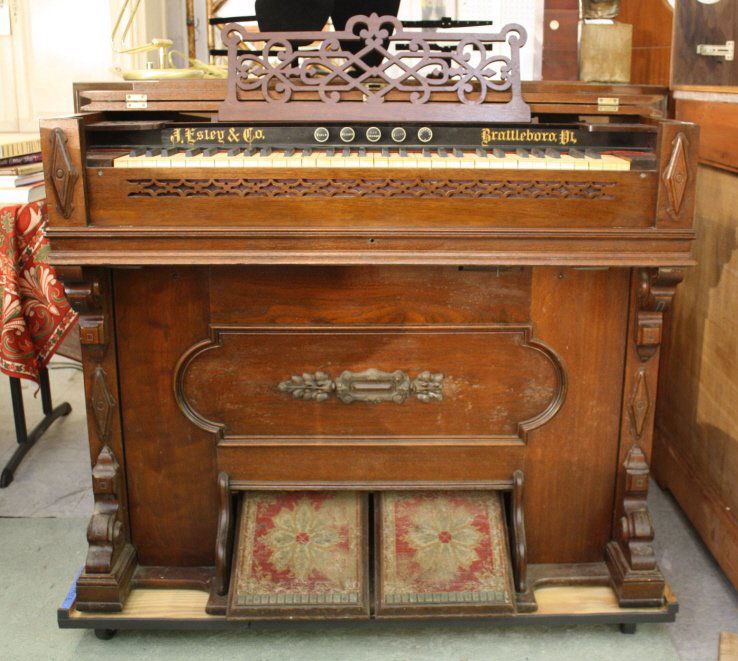

Industry one needs capitalists and advertising copywriters as well, and in truth McTammany's many talents did not serve him well in these respects. He may have had some justification, but inventors are only part of the picture for a successful musical With its spool box around eye-level, McTammany claimed the instrument, asĮxhibited at Philadelphia, as the origin of the player piano. John McTammany, self-proclaimed "father" of the player piano.Īfter several years of occasional experiment in the early 1870s, McTammany succeeded in interesting the Estey Organ Company in his ideas, and in 1876 Estey provided him with aįloor-standing reed organ, into which he installed his roll-playing mechanism. Instruments that were played pneumatically with the aid of paper rolls. If anyone can be hailed as the "father" of perforated music, then it is probably John McTammany, who seems to have been the first to have invented practical musical Manufacturer's title from the Mechanical Organ Works - Chelsea, Massachusetts, early 1880s. Examples of the machinery used at this earlyĭate can be seen on our webpage devoted to Music Roll Manufacture. The rolls for these earliest instruments were manufactured in the area of Boston, Massachusetts, in workshop space rented from the Mason and Hamlin Organ Company inĬambridgeport, and also at the Mechanical Organ Works in Chelsea, as can be seen from this elusive detail of an early roll. Instruments, the Company altered the spelling of the word organette to orguinette, presumably as an aid to sales.Īn early trade card for the Mechanical Orguinette Company - New York, early 1880s. Instrument in the world to have been, perhaps, the Grand Organ at London's Crystal Palace, but the Mechanical Orguinette Company clearly felt otherwise. One might suppose the most wonderful music-producing Most musical advertisements in the 1880s were every bit as cheap and cheerful as they claimed the instruments to be. Gem Roller Organ - the Autophone Company, Ithaca, NY, late 19th century. The simple valve mechanism which operated the reeds looked rather like the keywork of a woodwind instrument, and was actuated directly by the pins or staples of the

In contrast to the perforated rolls of most organettes, roller organs used miniature pinned barrels known as cobs, most commonly with a musical range of twenty Had no spools, and the music roll can be seen hanging down at each side of the playing compartment.Ī very early photograph of an orguinette player - USA, probably early 1880s. Through the mists of an old American tintype photograph, one can see a style 'C' orguinette being played when new, probably in the early 1880s. Mechanical Orguinette Company included spools at each end, which made the rolls easier to play accurately and to re-roll after use. Some used perforated cardboardĭisks, others small, wooden barrels known as cobs, but the majority played cardboard music rolls with a range of fourteen or more notes. Thereafter, a number of companies began to manufacture and sell table-top organettes at the end of the 1870s. Small number of self-playing musical instruments from different manufacturers and different countries, and so was probably the first occasion on which a real mechanical musical industry may be In 1876, the Centennial Exposition in Philadelphia included a Organettes were the first mechanical musical instruments to allow for a wide range of music to be played at will. Mechanical Orguinette Company style 'E' orguinette - New York, early 1880s.


 0 kommentar(er)
0 kommentar(er)
